H.R. 2295: Weather Innovation for the Next Generation Act of 2025
The Weather Innovation for the Next Generation Act of 2025, or WING Act of 2025, aims to enhance weather radar detection and prediction capabilities in the presence of physical obstructions. Here’s a breakdown of the key components of the bill:
Establishment of a Program
The bill mandates the establishment of a Research, Development, Test, and Evaluation Program overseen by the Director of the National Weather Service. The purpose of this program is to ensure that weather radar remains effective even when there are physical obstructions in its line of sight, such as buildings or wind turbines.
Collaboration and Research
The Director will work with a variety of partners, including:
- Industry experts
- Academics
- Federal, State, and local government agencies
- Other relevant entities
In this collaboration, the program will:
- Identify and test existing technologies that can reduce the impact of obstructions on weather radar.
- Research new solutions, including:
- Signal processing algorithms
- Short-term forecasting algorithms to replace inaccurate data
- Utilization of dual polarization characteristics to mitigate the effects of wind turbines.
- Develop commercially viable solutions for addressing these radar obstructions.
Prioritization of Technologies
The Director is instructed to prioritize certain technology-based solutions, which include:
- Multifunction phased array radar
- Replacement of contaminated data with data from commercial radar
- Use of data from private-sector meteorological towers
- Display of wind farm boundaries on local forecasting tools
- Installation of rain gauges
- Any other technology deemed effective in overcoming radar obstruction issues.
Program Duration and Reporting
The Program will have a specified duration, terminating either by September 30, 2030, or one year after the final recommendations are made. The Director is required to submit annual reports to Congress detailing the program's implementation and effectiveness. Within five years, a final recommendation on the need for ongoing research or cessation of testing must be provided.
Definitions
The bill also clarifies key terms, including:
- Beam blockage: When a signal is partially or fully obstructed.
- Ghost echo: Errors in radar data due to nearby obstructions.
- Obstruction: This includes any buildings or wind turbines that interfere with radar functionality.
Relevant Companies
None found
This is an AI-generated summary of the bill text. There may be mistakes.
Sponsors
9 bill sponsors
-
TrackRandy Feenstra
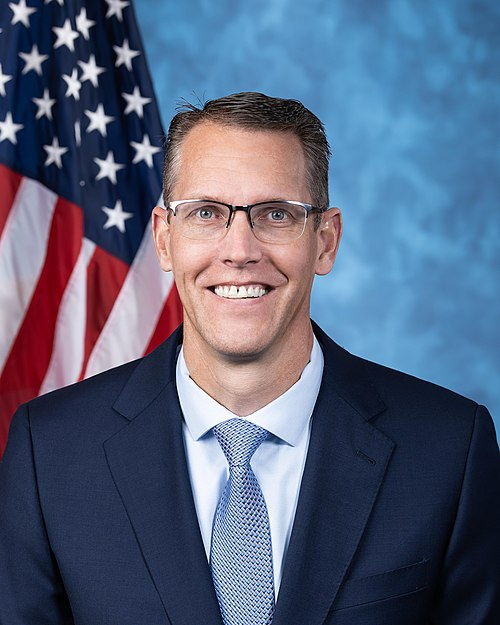
Sponsor
-
TrackStephanie I. Bice
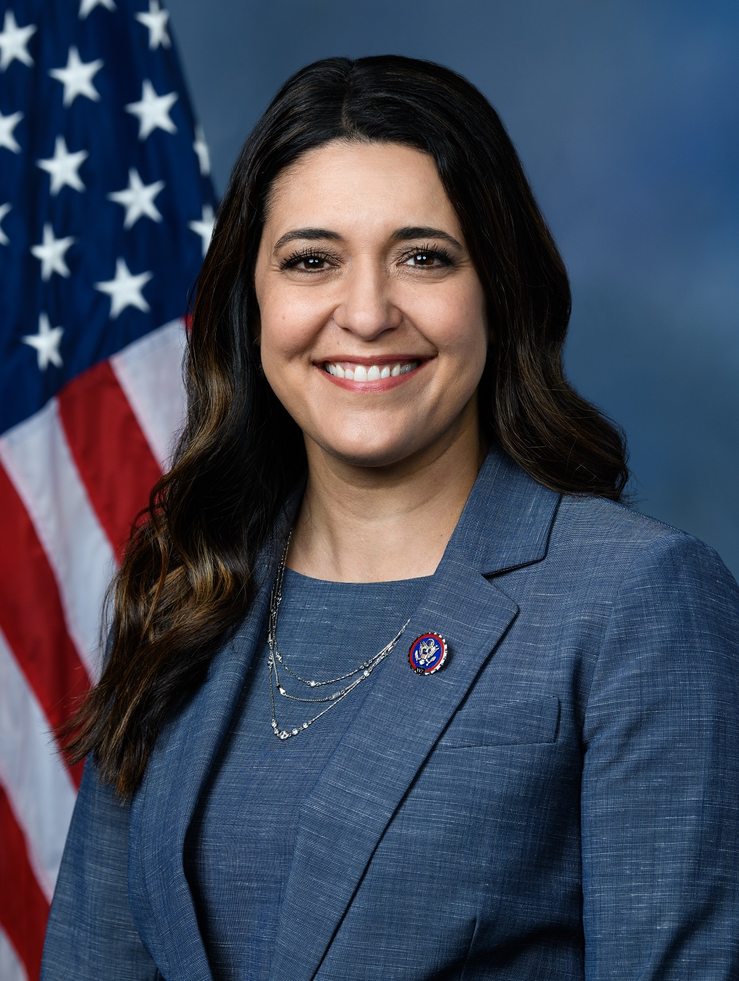
Co-Sponsor
-
TrackBrian K. Fitzpatrick
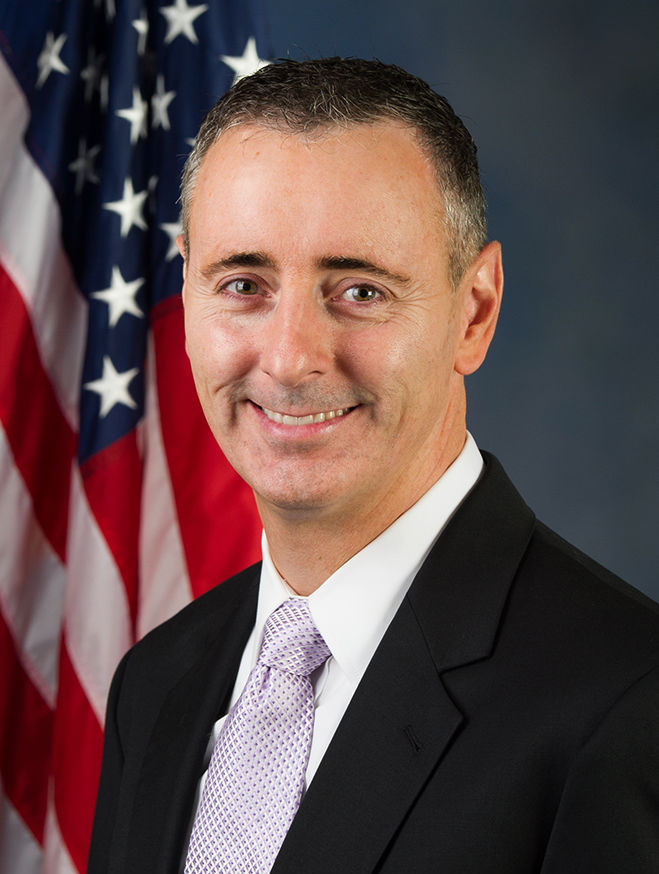
Co-Sponsor
-
TrackMike Haridopolos
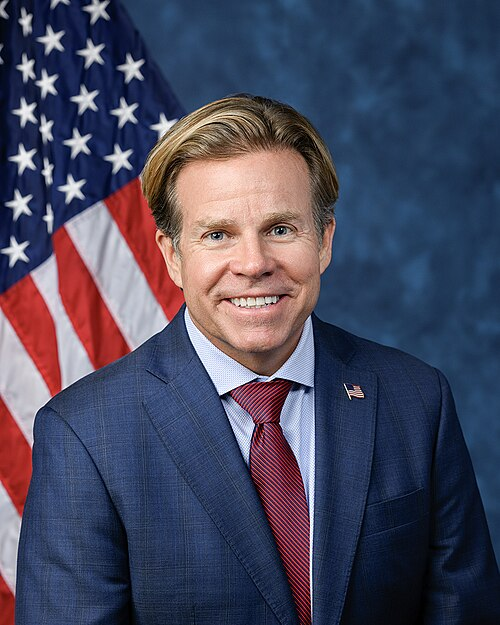
Co-Sponsor
-
TrackMariannette Miller-Meeks
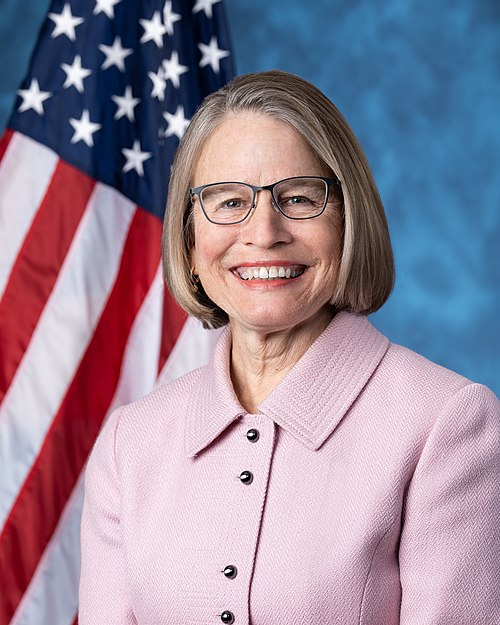
Co-Sponsor
-
TrackJames C. Moylan
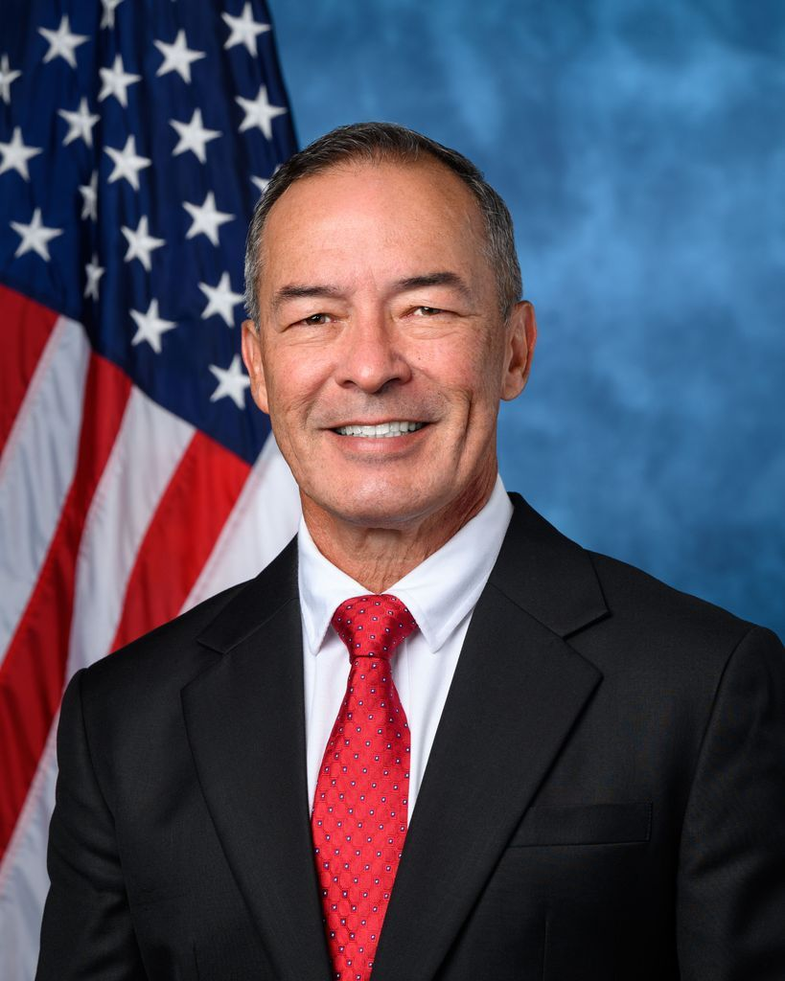
Co-Sponsor
-
TrackJoe Neguse

Co-Sponsor
-
TrackAumua Amata Coleman Radewagen
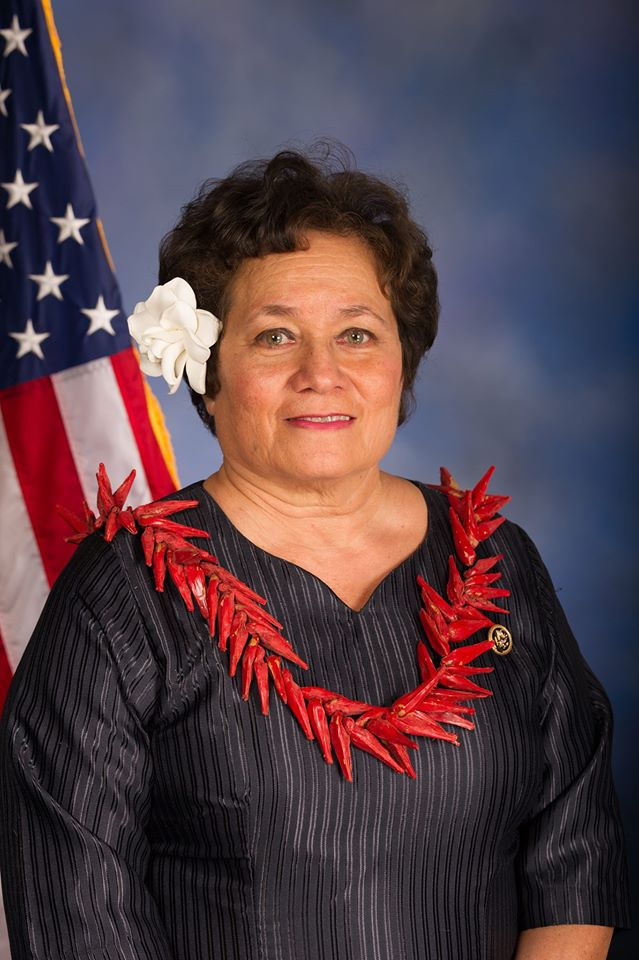
Co-Sponsor
-
TrackEugene Vindman
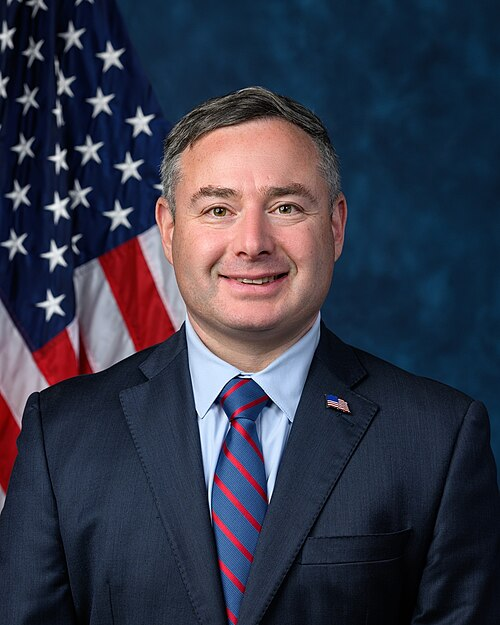
Co-Sponsor
Actions
2 actions
| Date | Action |
|---|---|
| Mar. 24, 2025 | Introduced in House |
| Mar. 24, 2025 | Referred to the House Committee on Science, Space, and Technology. |
Corporate Lobbying
0 companies lobbying
None found.
* Note that there can be significant delays in lobbying disclosures, and our data may be incomplete.
Potentially Relevant Congressional Stock Trades
No relevant congressional stock trades found.

